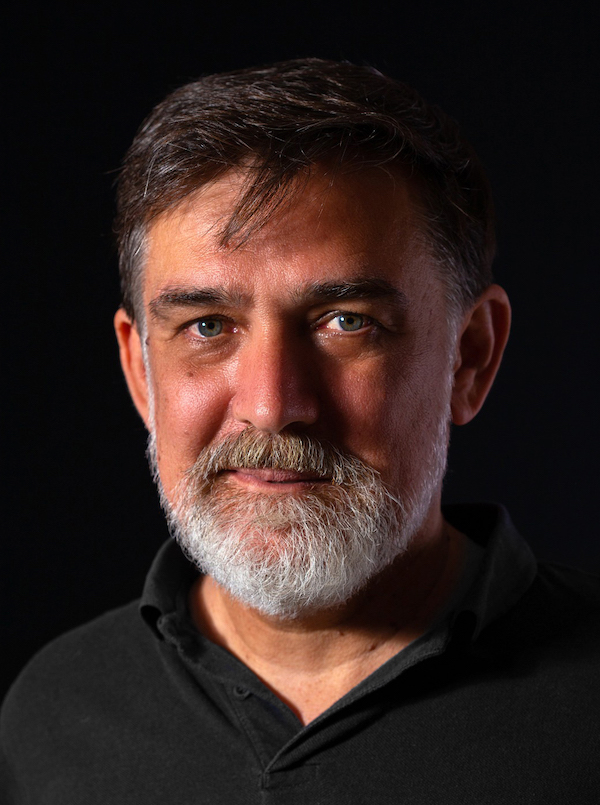Q: Tell us a bit about yourself and your journey to where you are today.
I started working as a graphic designer, specialising in the design of logos and Corporate Identity manuals. This stage allowed me to deepen in the principles of “minimalism”, mainly in the ability to abstract an idea and associate it to a graphic expression. Applying these principles, I began to collaborate in “advertising campaigns”, specifically in the “positioning” of products through images. This is when I discovered my passion for photography, its potential and its ability to transform an object into a “concept”.
Q: Why did you choose to submit this specific work to the IPA?
In my city there is a great love for “rowing” so it is common to see this kind of scenes throughout the year. I decided to present this work because this sport discipline allows us to capture unique moments in which the values of team sport are reflected: effort, resilience, perseverance, companionship…
Q: What does winning this competition mean to you?
I was very excited, I really didn’t expect it. It has meant a before and after, as I had hidden my passion for photography under a pseudonym and many friends and family were unaware of this hobby. Once the IPA awards were granted, different media in my city (press, radio and television) invited me to participate in interviews to present the winning image, its style, technique… From that moment on, I was no longer anonymous, and my work began to be known both internationally and in my immediate environment.
Q: You won Sports Photographer of the Year with your stunning work, “Teamwork”. How did you come up with the idea to capture the rowers from top view?
This photograph was taken from a bridge where I usually walk. The scene of the rowers always caught my attention because of its beauty, the high contrast of the image, the coordination of the movements that generate a perfect geometry… After analysing the image, I had a clear idea of the composition and set up my camera with “black and white” film simulation. I carried out several tests to adjust the parameters and then applied the “burst” mode to capture the scene in detail. Finally, a lot of patience and waiting for the moment.
Q: What other photographers have impacted your own work, methods, or style?
I am passionate about the classics of photography such as Cartier-Bresson, Robert Capa, Michael Kenna, Robert Doisneau, Elliott Erwit… but also, since I was a child, the work of painters such as Edward Hopper, René Magritte, Giorgio de Chirico… always caught my attention. At the moment I am delving into the work of contemporary photographers who fuse both disciplines: painting and photography.
Q: What do you feel are the key steps to achieving great images?
I think the first thing is to try to have a great visual culture, to be constantly learning from other photographers. The second thing is to make a deep personal reflection on what we really want to describe or express. And finally, to work hard to be able to transform that “reflection” into a concrete image.
Q: How did you develop your personal style?
There are two photographic styles that have always caught my attention: black and white photography and minimalist photography. So I wanted to merge these two styles and experiment with “high contrast” black and white photography, conveying the essence of the scene with as little information as possible.
Q: What do you find to be the most difficult aspect of becoming a photographer?
The commercial aspect. Perhaps there comes a time when we consider turning our great hobby into a source of financial resources. This is when many questions start to arise, especially when it comes to “artistic photography”. A new world opens up in which we have to learn as we go along, with our successes and mistakes.
Q: What are the elements that drive your photography? What motivates and focuses you?
Minimalism, capturing the essential and avoiding the superfluous.
Q: What would your ideal photography project be if you could do anything or travel anywhere?
I am exploring new techniques of immersive digital art that, through technology, the use of light and sound, generate unique sensory experiences in the viewer, inviting them to get to know my work from within.
Q: What’s next for you? Are you currently working on anything exciting?
I am currently preparing and adapting photographic series to different formats, with the aim of commercialising my work and being able to hold individual exhibitions in which I can make myself known to the general public. This new stage is undoubtedly exciting, not only for my personal projection but also because it will allow me to continue travelling and capturing new scenarios for my future works.

